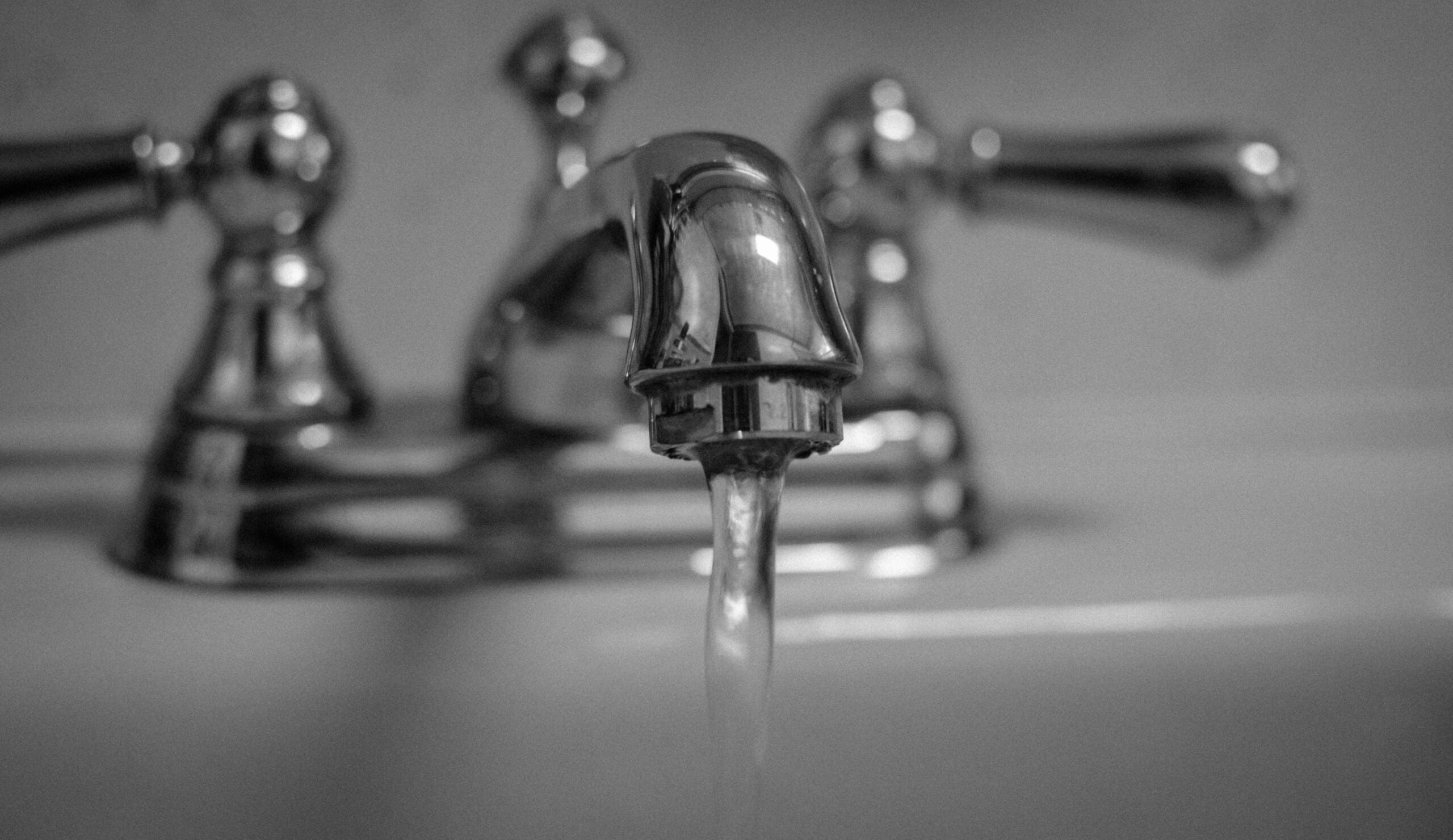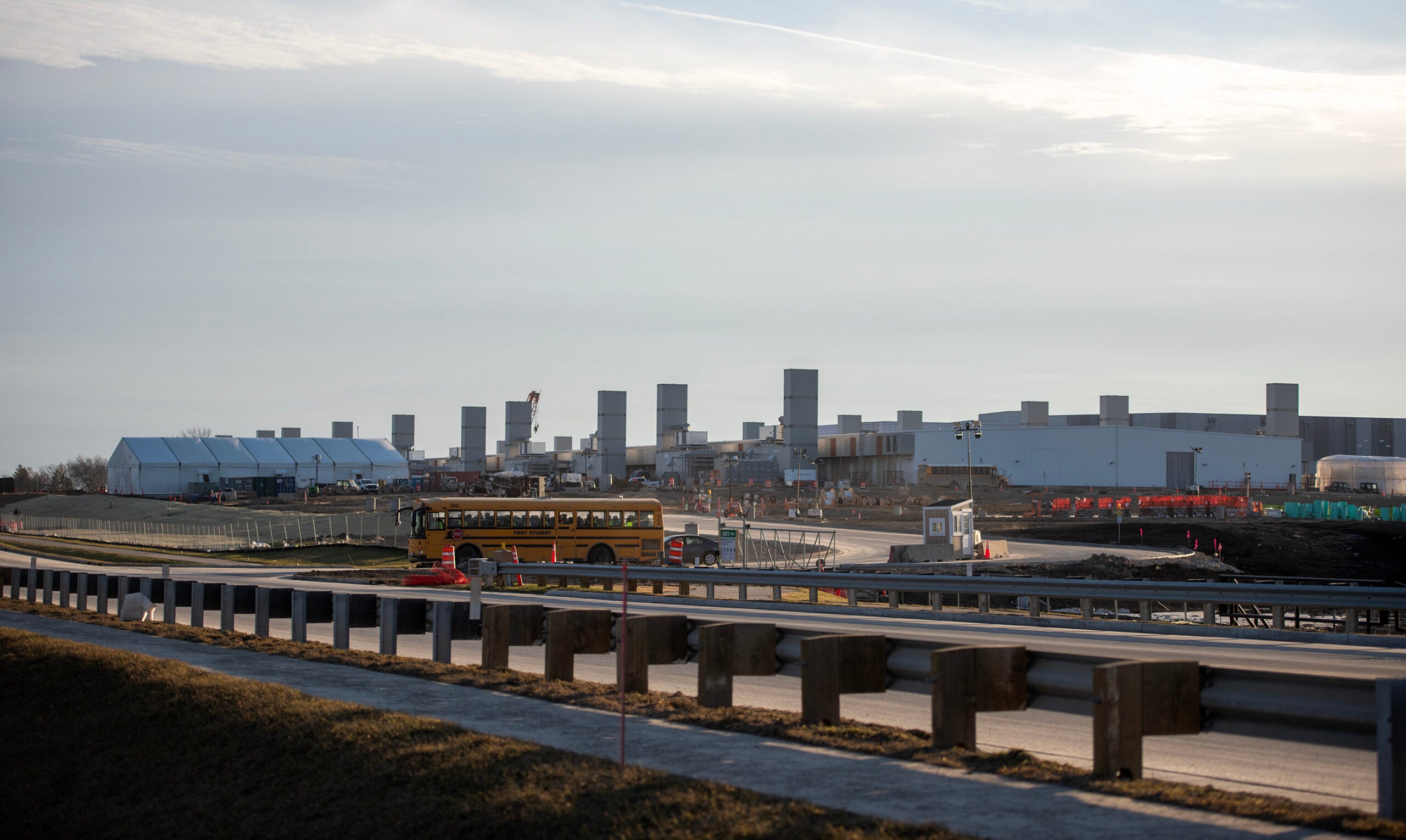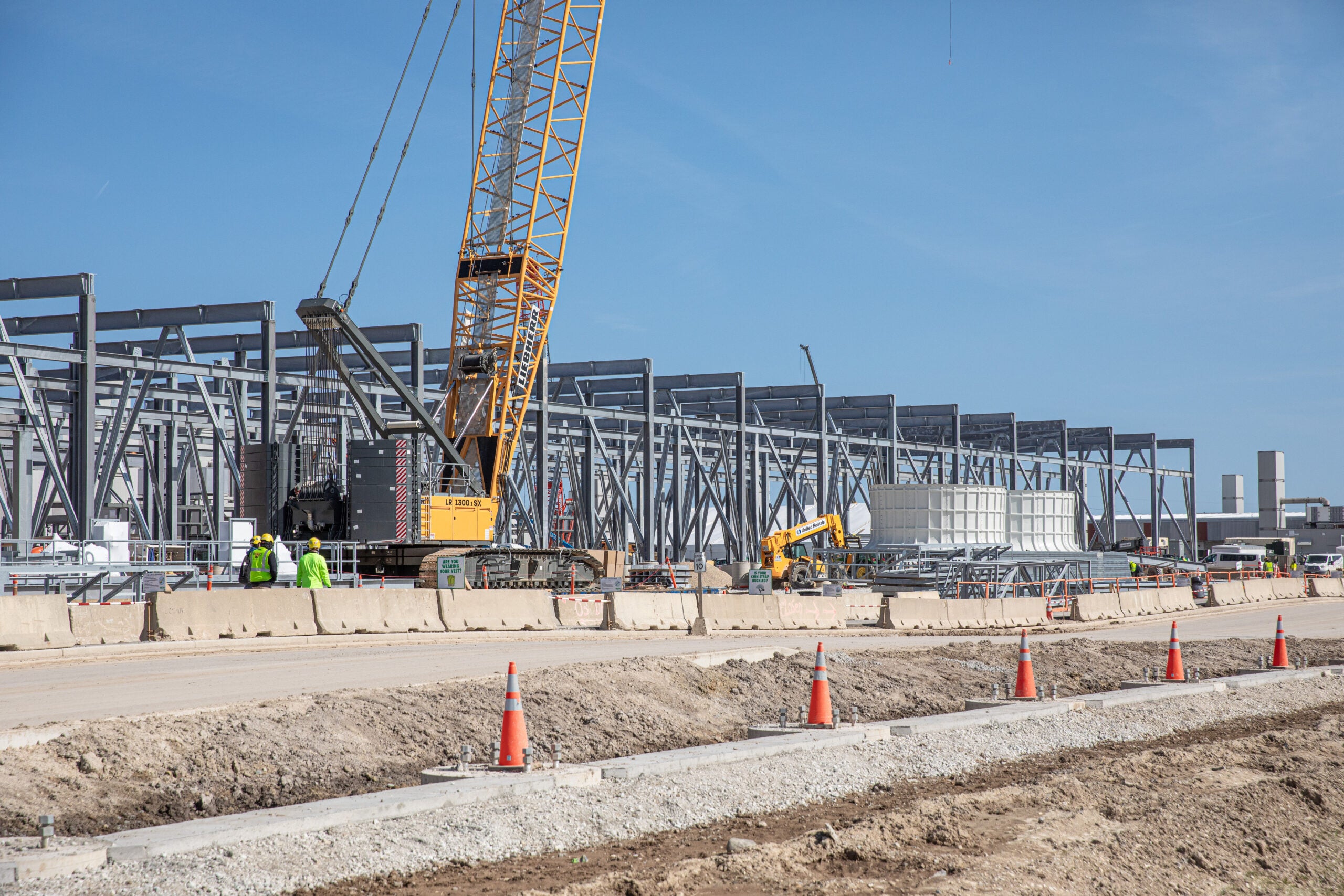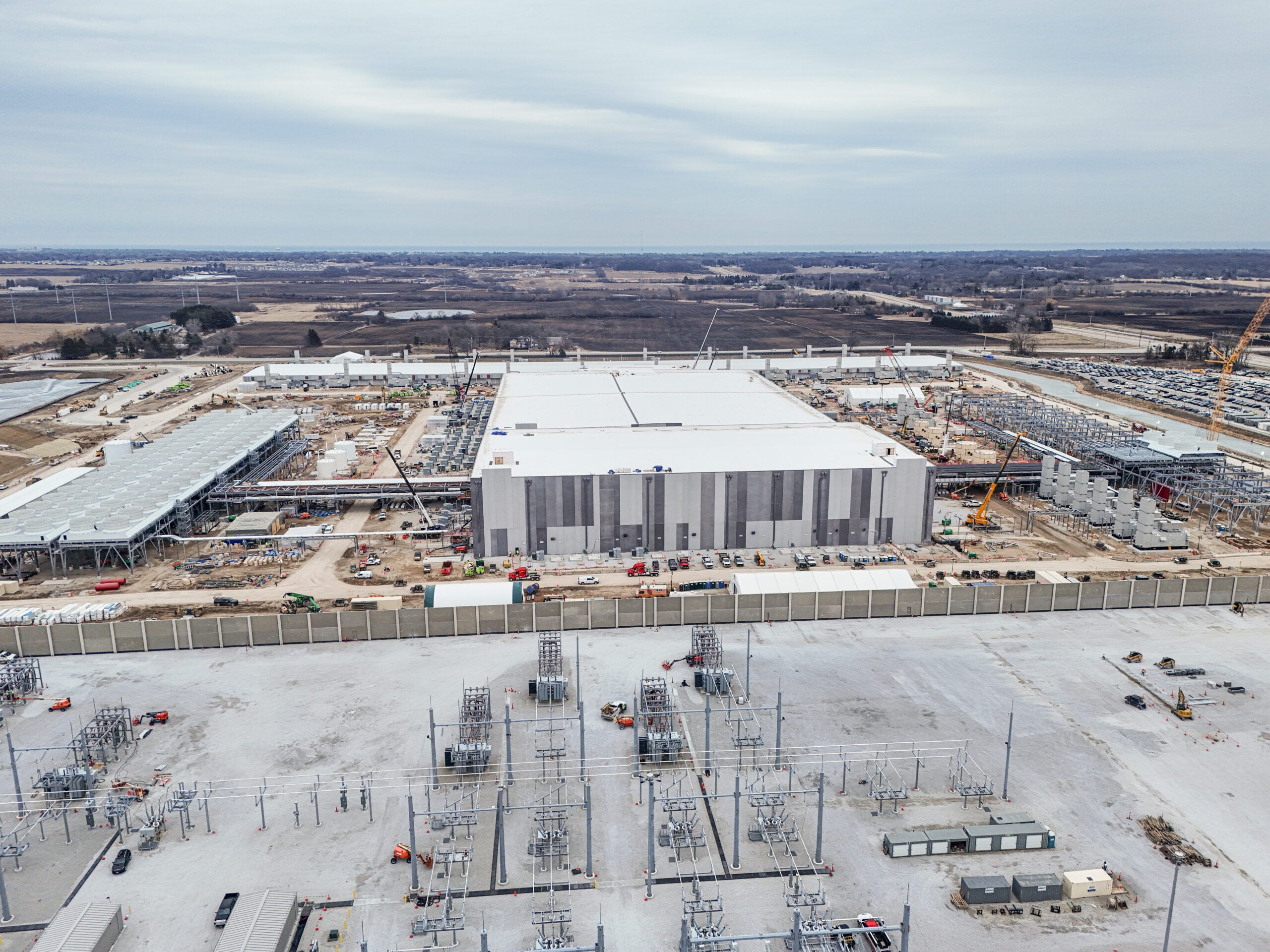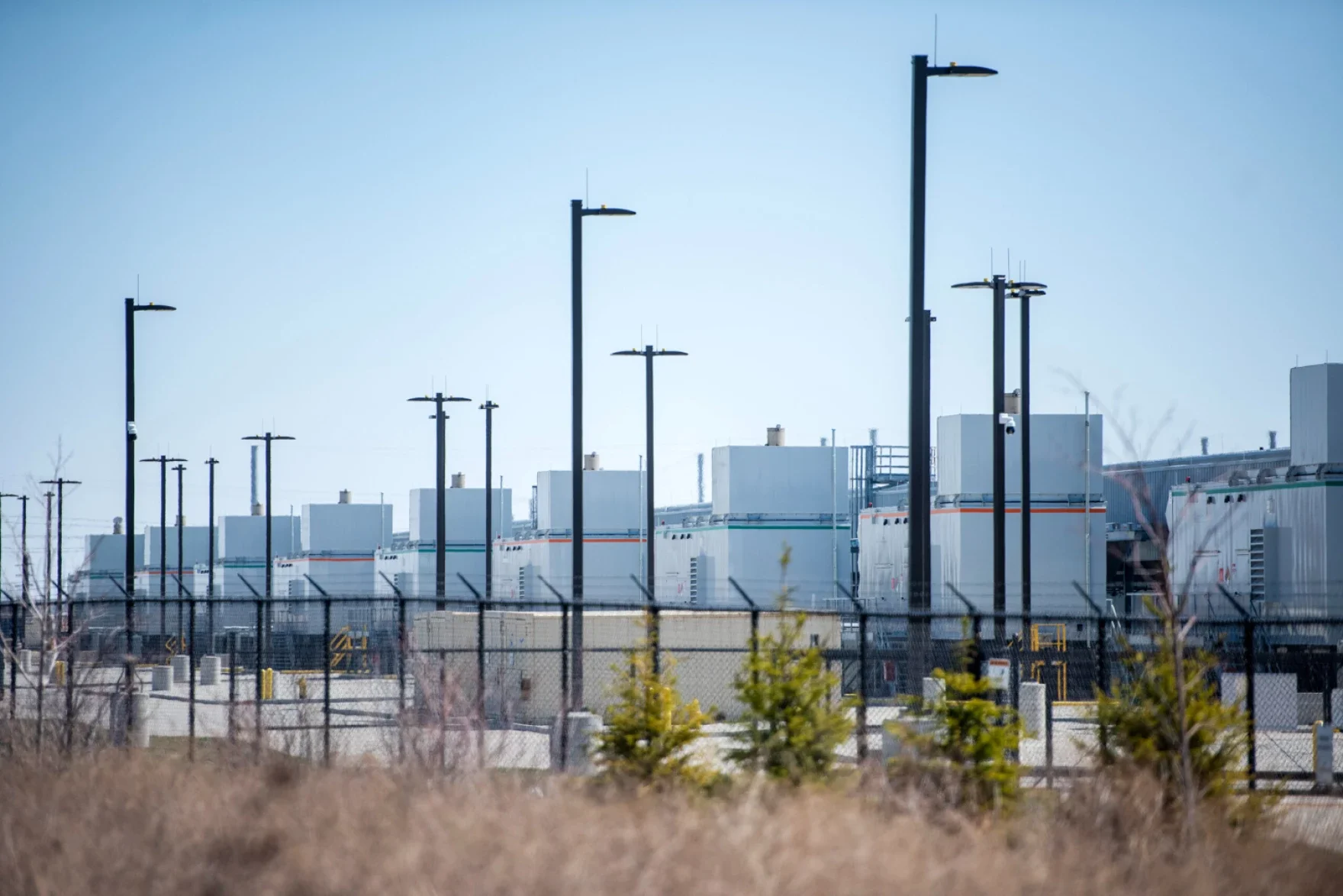Water sales by the state’s public utilities have fallen significantly over the past few decades, fueled by conservation efforts and shuttered manufacturing facilities, according to a new report by the Wisconsin Policy Forum.
Last year, 574 Wisconsin utilities sold over 138 billion gallons of water, down from a high of 175 billion in 1998, the report said. Since 1997, statewide water sales have fallen by 18 percent.
During the same period, residential water sales declined by 16 percent and commercial water use has fallen by 8.2 percent, the report said. But industrial water usage has declined the most since 1997, falling by 34 percent or 17.2 billion gallons.
News with a little more humanity
WPR’s “Wisconsin Today” newsletter keeps you connected to the state you love without feeling overwhelmed. No paywall. No agenda. No corporate filter.
Tyler Byrnes, a researcher for Wisconsin Policy Forum and the report’s author, said declines in residential water use can be attributed to advancements in water-saving technologies, like low-flow toilets and shower heads.
But the decline in industrial use, he said, is due to manufacturers being more efficient with their water use and changes in the manufacturing landscape. Plant closures have led to massive declines in water use in some communities.
For example, the city of Madison lost two dairies, the Sara Lee Bakery and the Oscar Mayer manufacturing plant. It’s seen the amount of water sold to industrial customers decline by nearly 83 percent since 1997, the report said.
“It’s both more efficient (water) use by manufacturing and fewer manufacturing users out there,” said Byrnes.
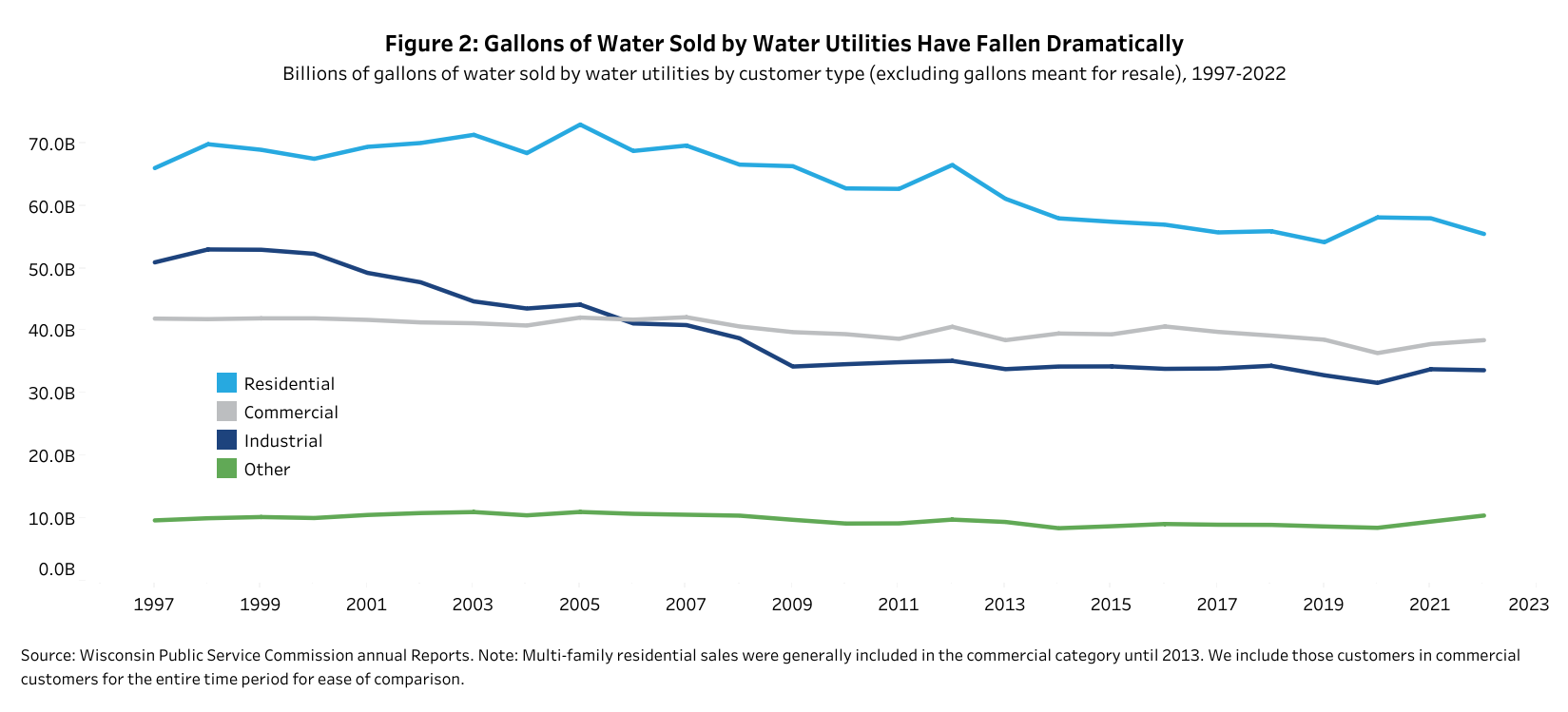
In 2020, Madison’s water utility saw usage fall to its lowest level since the 1960s, which helped the city’s underground aquifer start to recharge, the report said.
Even though water usage has fallen, utilities still face cost pressures from inflation, expanding service areas and pollution controls. As water sales fall, the report says the cost of producing each gallon goes up. As do rates paid by businesses and residential customers.
Byrnes said the cost of running a water utility has grown by about 1.2 percent annually since 1997, when adjusting for inflation.
“The cost to operate these water utilities has remained relatively steady, but the amount that they’re selling has declined,” he said, noting that’s why utilities have had to increase water rates.
But increasing water rates may cause consumers to further conserve water, Byrnes said.
“It becomes kind of a cycle where the more you conserve, the more per gallon you have to pay, pushing you to conserve even more,” he said. “Water conservation overall is a great thing, but it does perhaps create a little bit of hardship.”
Aside from water utilities, the report also said water withdrawals — or freshwater taken from ground or surface water sources — have decreased over time. According to the report, overall statewide withdrawals in 2021 were 6 percent lower than the annual average since 2012.
Byrnes attributes the drop to a decrease in withdrawals by power plants, which are major users of water through making steam and cooling equipment.
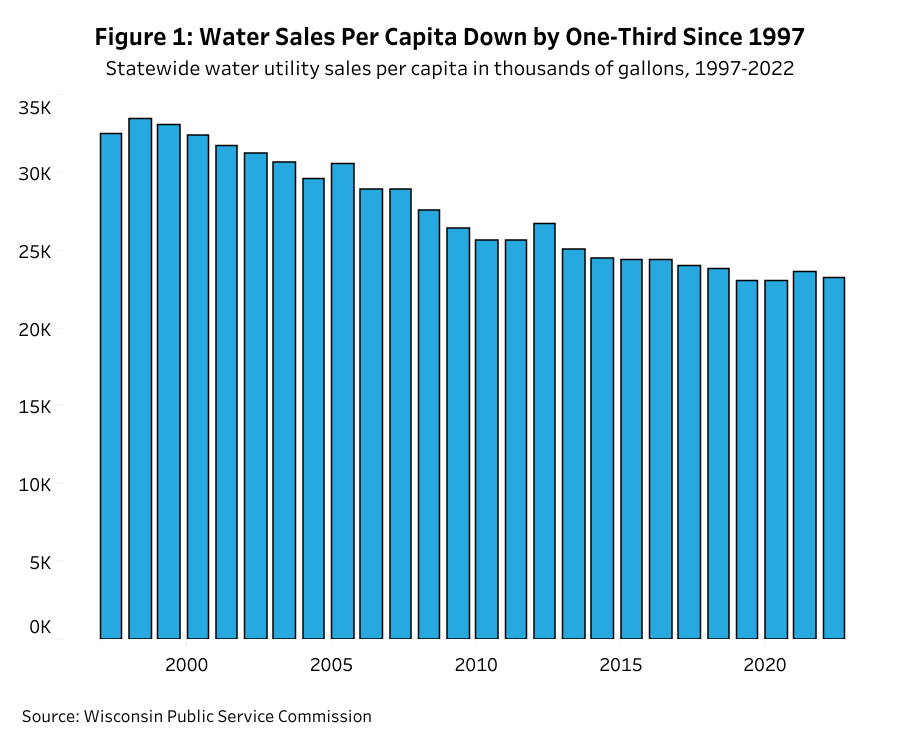
“Power plants are usually next to major surface waters,” he said. “They’re trying to become more efficient with their use of surface waters because there are pollutants associated with power plants.”
While Wisconsin has enough water to continue supporting residential and industrial uses, as well as agricultural irrigation, there are parts of the state where getting enough water can be an issue, Byrnes said.
He said the Central Sands Region of the state has seen an increase in agricultural users irrigating crops.
“There are some concerns that those water uses, the agricultural water uses, are lowering the aquifer and causing certain streams and lakes in the area — which are recreationally important for fishing, important for lake users and important for the environment — to be negatively impacted,” Byrnes said. “That’s one place where we do see an issue with the amount of water that’s out there.”
Wisconsin Public Radio, © Copyright 2025, Board of Regents of the University of Wisconsin System and Wisconsin Educational Communications Board.

